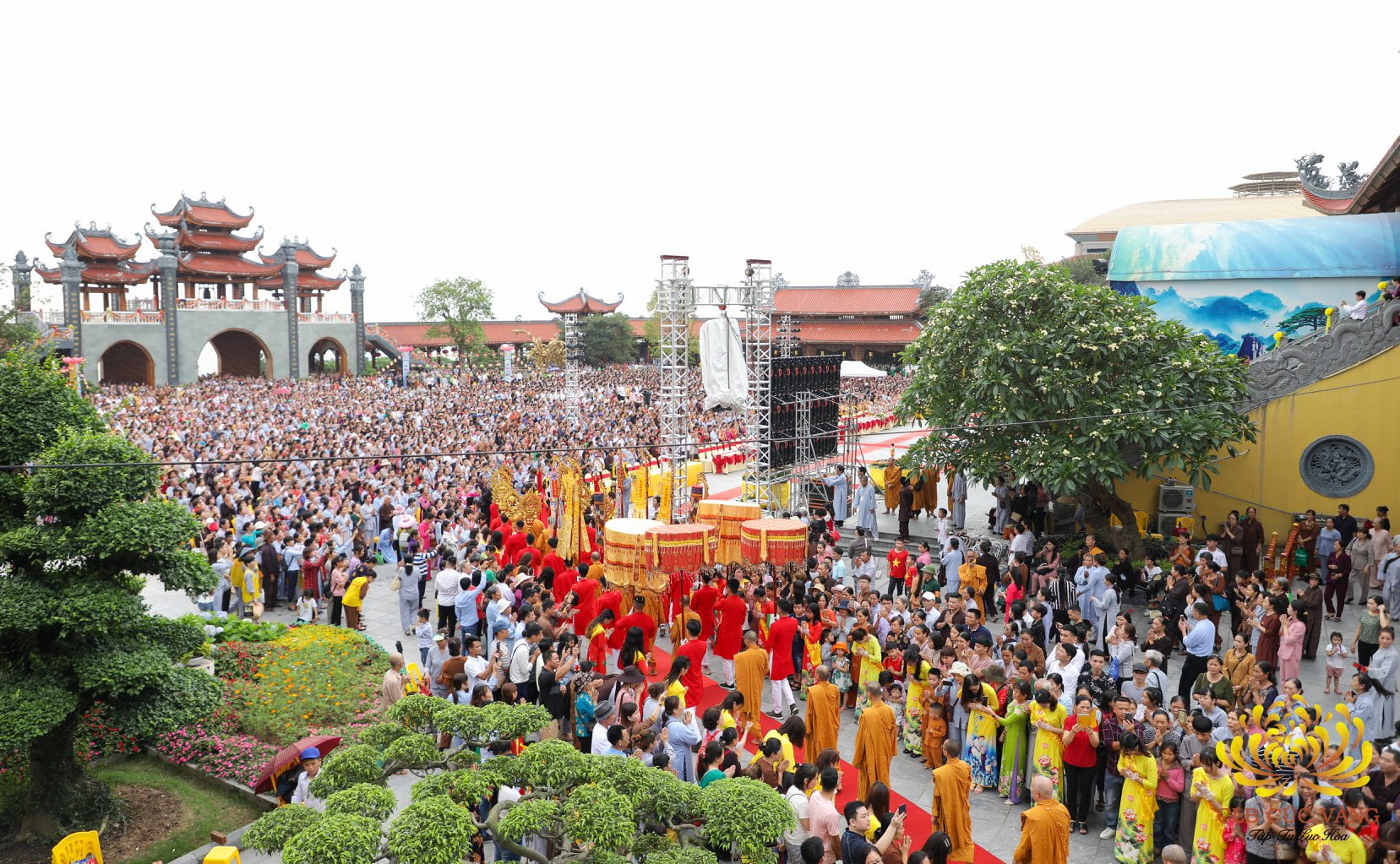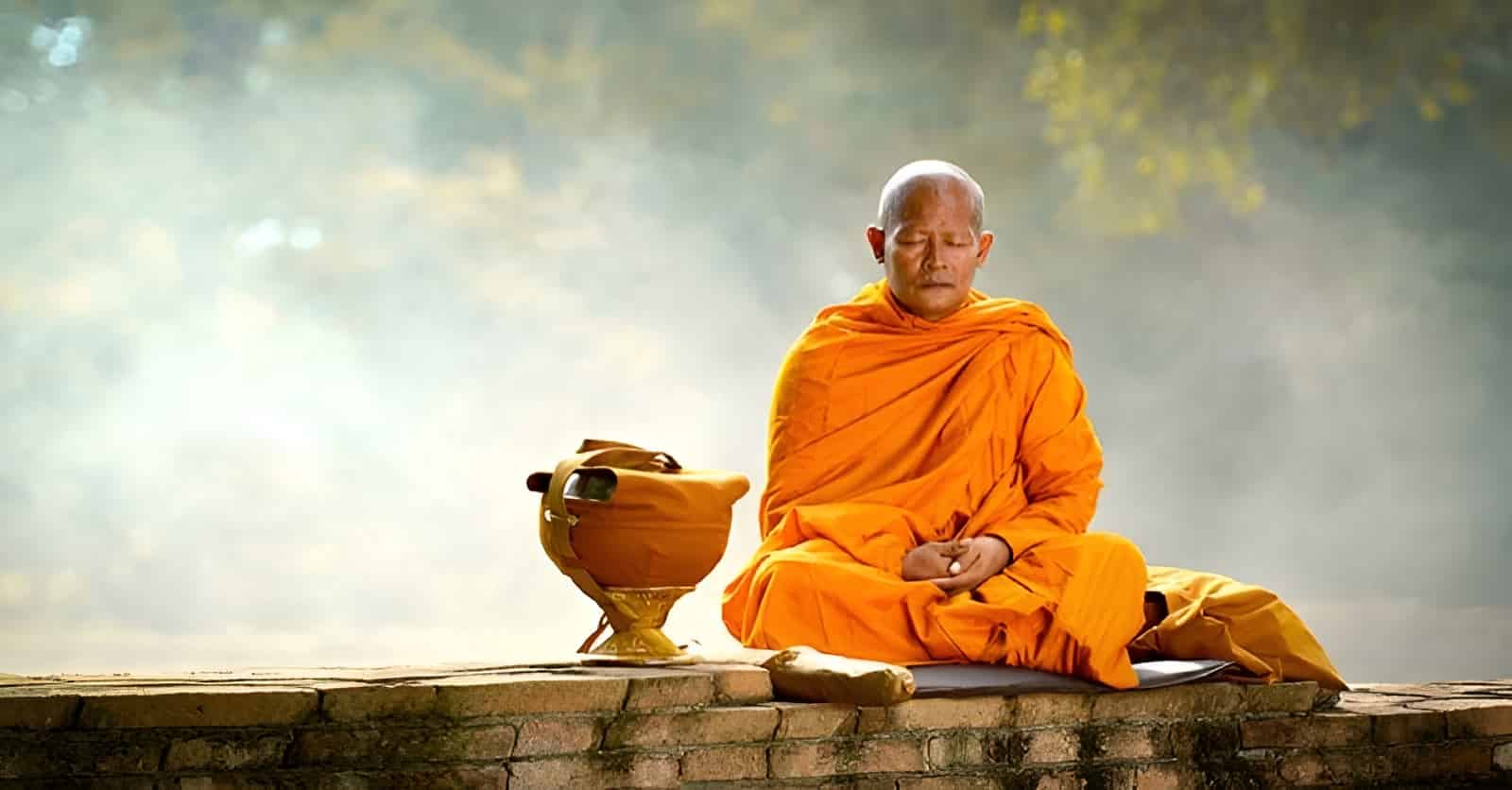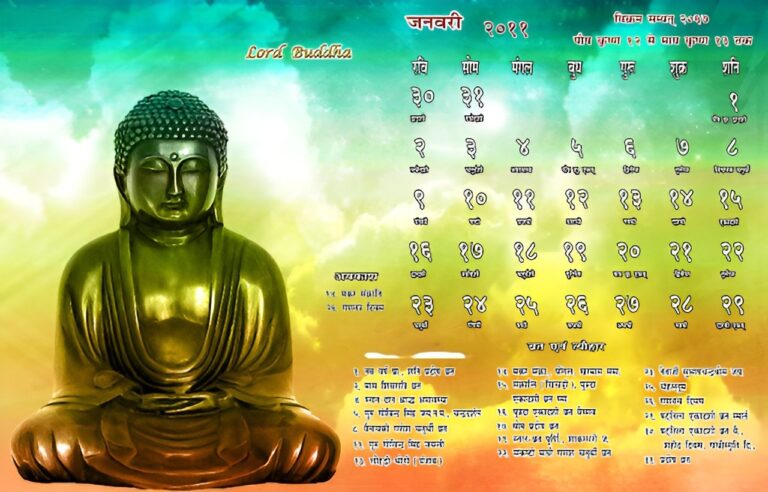Until now, most of us are familiar with the lunar and solar calendars, but few are aware of the Buddhist calendar. This article aims to shed light on what the Buddhist calendar is and how it functions.
This article will provide an overview of the Buddhist calendar, including its history and significance. We will explore the unique features of this calendar, such as the names of its months and how it differs from the lunar and solar calendars. Additionally, we will look at the religious holidays that are celebrated within the Buddhist calendar in 2025.
Lastly, we will delve into the calculation methods used in the Buddhist calendar and how leap days are added to ensure the calendar stays in sync with the solar year. Join us on this journey to gain a deeper understanding of the Buddhist calendar and its cultural significance.
Table of Contents
What is the Buddhist calendar?
The Buddhist calendar is a type of calendar predominantly used in mainland Southeast Asia, specifically in countries like Cambodia, Laos, Thailand, Myanmar, Vietnam, and Sri Lanka, among others. It operates as a Yin-Yang calendar with alternating months of 29 and 30 days, including leap days and additional 30-day months at regular intervals.

Unlike the lunar and solar calendars, the months in the Buddhist calendar are named after their own titles. These months have Sanskrit names such as Caitra, Vaisakha, Jyestha, Ashadha, Sravan, Bhadrapada, Asvina, Karttika, Margasirsha, Pausha, and Magha.
Moreover, in the old Burmese Buddhist calendar, the months were known as Tagu, Kason, Nayon, Waso, Wagaung, Tawthalin, Thadingyut, Tarzaungmon, Natdaw, Pyadho, Tabodwe, and Tabaung.
The years in the Buddhist calendar alternate between months with 29 and 30 days, with an additional leap day added to the month of Jyestha (Nayon) to make it 30 days. The leap month is calculated by duplicating the month of Ashadha (Waso). Every month features a full moon that lasts 15 days and a crescent moon that lasts for 14 or 15 days.

List of Religious Holidays of Buddhist in 2023
| DAY | DATE | HOLIDAY |
|---|---|---|
| SaturdaySat | Jan 07, 2023Jan 07 | Mahayana New Year |
| SundaySun | Jan 22, 2023Jan 22 | Vietnamese New Year |
| WednesdayWed | Feb 15, 2023Feb 15 | Nirvana Day |
| MondayMon | Mar 06, 2023Mar 06 | Magha Puja Day |
| ThursdayThu | Apr 06, 2023Apr 06 | Theravada New Year |
| FridayFri | May 19, 2023May 19 | Vesak - Buddha Day |
| MondayMon | Jul 03, 2023Jul 03 | Asala - Dharma Day |
| SundaySun | Aug 13, 2023Aug 13 | Obon |
| FridayFri | Dec 08, 2023Dec 08 | Bodhi Day |
List of Religious Holidays of Buddhist in 2024
| DAY | DATE | HOLIDAY |
|---|---|---|
| ThursdayThu | Jan 25, 2024Jan 25 | Mahayana New Year |
| SaturdaySat | Feb 10, 2024Feb 10 | Vietnamese New Year |
| ThursdayThu | Feb 15, 2024Feb 15 | Nirvana Day |
| SaturdaySat | Feb 24, 2024Feb 24 | Magha Puja Day |
| SaturdaySat | Apr 13, 2024Apr 13 | Theravada New Year |
| ThursdayThu | May 23, 2024May 23 | Vesak - Buddha Day |
| SundaySun | Jul 21, 2024Jul 21 | Asala - Dharma Day |
| TuesdayTue | Aug 13, 2024Aug 13 | Obon |
| SundaySun | Dec 08, 2024Dec 08 | Bodhi Day |
How is the Buddhist calendar calculated?
The Buddhist calendar is calculated differently than many people think. It is not based on the date of Buddha’s birth, but on the year he entered Nirvana. The landmark year is 544 BC (Before the Common Era), which is considered year 0 in the Buddhist calendar.
To determine the current year according to the Buddhist calendar, we take the current year according to the Solar calendar plus 544. For example, if the current year is 2025, then this year’s Buddhist calendar will be 2025 + 544 = 2569.
If we want to record the year of Buddha’s birth, we need to add 80 years to the buddha calendar. Thus, the Buddha’s birth year and the Buddhist calendar year 2025 will be calculated as follows:
- Buddhist calendar year = 2025 + 544 = 2569
- Year of Buddha’s birth: 2025 + 544 +80 = 2649
Therefore, the Buddhist calendar and Buddha’s Birthday for the year 2025 in the Solar calendar are as follows:
- Happy Buddhist Calendar Year 2569
- Happy Buddha’s Birthday 2649
This difference should be noted when recording the Buddha calendar year and the Buddha’s birth year to avoid confusion.
Buddha’s Birthday is one of the three significant holidays in the Buddhist calendar, alongside Vu Lan and Enlightenment. This day commemorates the birth of Buddha Shakyamuni in Lumbini Garden, which is known as Vesak in Pali and Vaisakha in Sanskrit.
Traditionally, East Asian countries celebrated Buddha’s Birthday on the 8th day of the 4th lunar month before 1959. However, at the first World Buddhist Congress in Colombo held from May 25 to June 8, 1950, the 26 member countries agreed that the International Vesak Day would be on the full moon day of the fourth lunar month of the annual calendar.
Since 1999, the United Nations has recognized Vesak Day as a global cultural and spiritual festival.

Buddha’s Birthday marks the birth of Prince Siddhartha, who later became Buddha Shakyamuni of the Sakyamuni royal family. He was born in Lumbini Garden, the region between Kapilavastu and Devadaha in Nepal, on the full moon day of the fourth lunar month in 624 B.C. or the fourth day of the lunar calendar (varies depending on each school of Buddhism).
Thus, Buddha’s Birthday is typically celebrated on the full moon day of the fourth lunar month to honor the Buddha’s birth.

